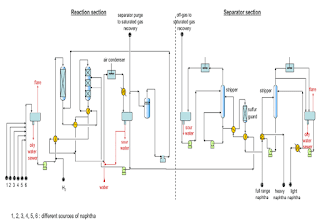What is ultrasonic flow transmitter and what is working principle of ultrasonic flow transmitter and how to configuration and calibration full details.

Ultrasonic Flow Transmitter: Principles & Calibration. An ultrasonic flow transmitter is a type of flow meter that uses ultrasonic waves to measure the flow rate of a fluid. It is a non-intrusive type of flow meter, meaning it does not require any parts to be inserted into the fluid flow path. Ultrasonic flow transmitters are commonly used in a variety of industries, including oil and gas, chemical processing, water treatment, and HVAC systems. Working Principle of Ultrasonic Flow Transmitter: The basic working principle of an ultrasonic flow transmitter is that it sends ultrasonic waves through a fluid in a pipe and measures the time it takes for the waves to travel between two transducers. The transducers are placed on opposite sides of the pipe, with one transducer sending the ultrasonic wave and the other transducer receiving it. The ultrasonic wave travels faster in the direction of the flow than against it, so the difference in the time it takes for the wave to travel b...


.jpg)

















